AML12 Cells
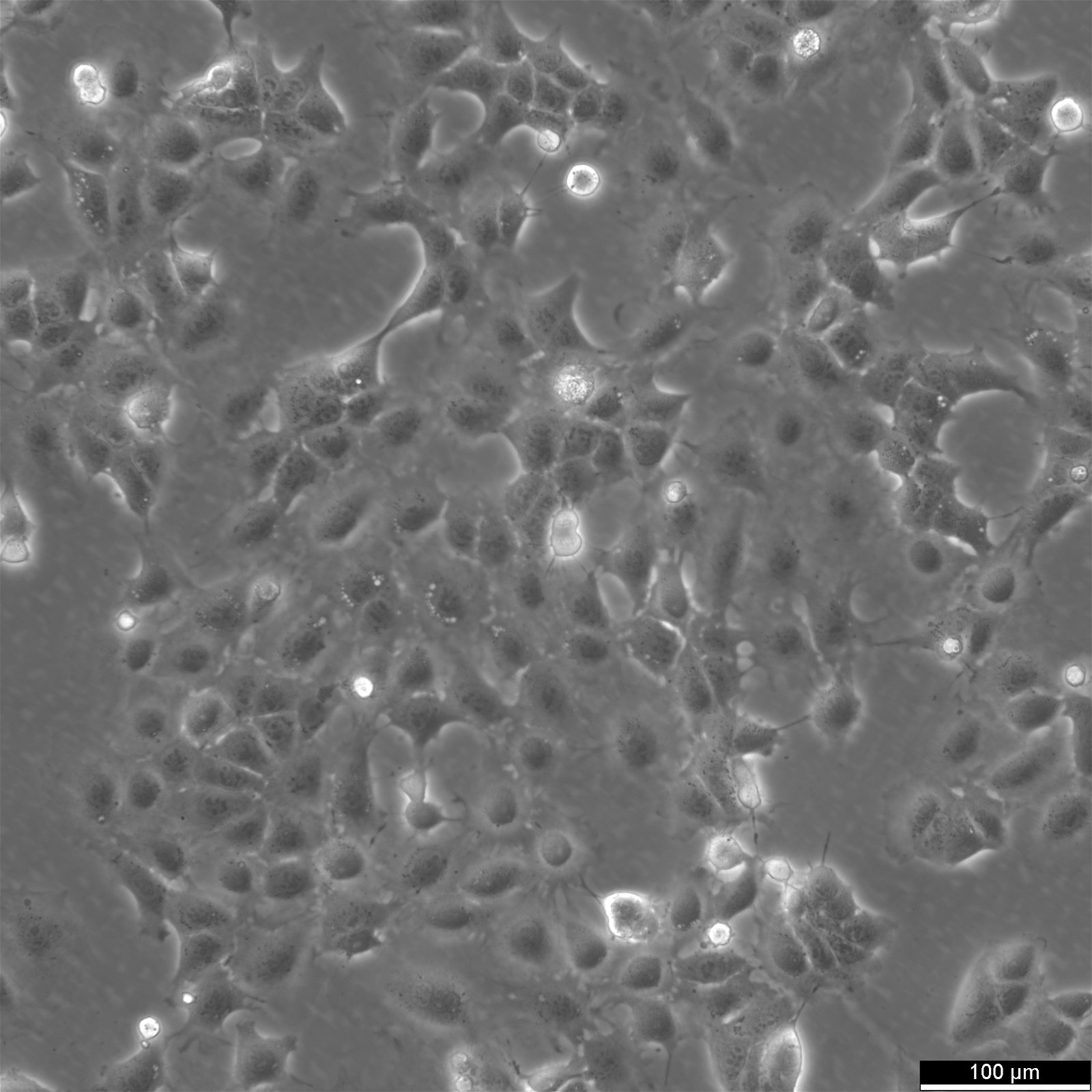
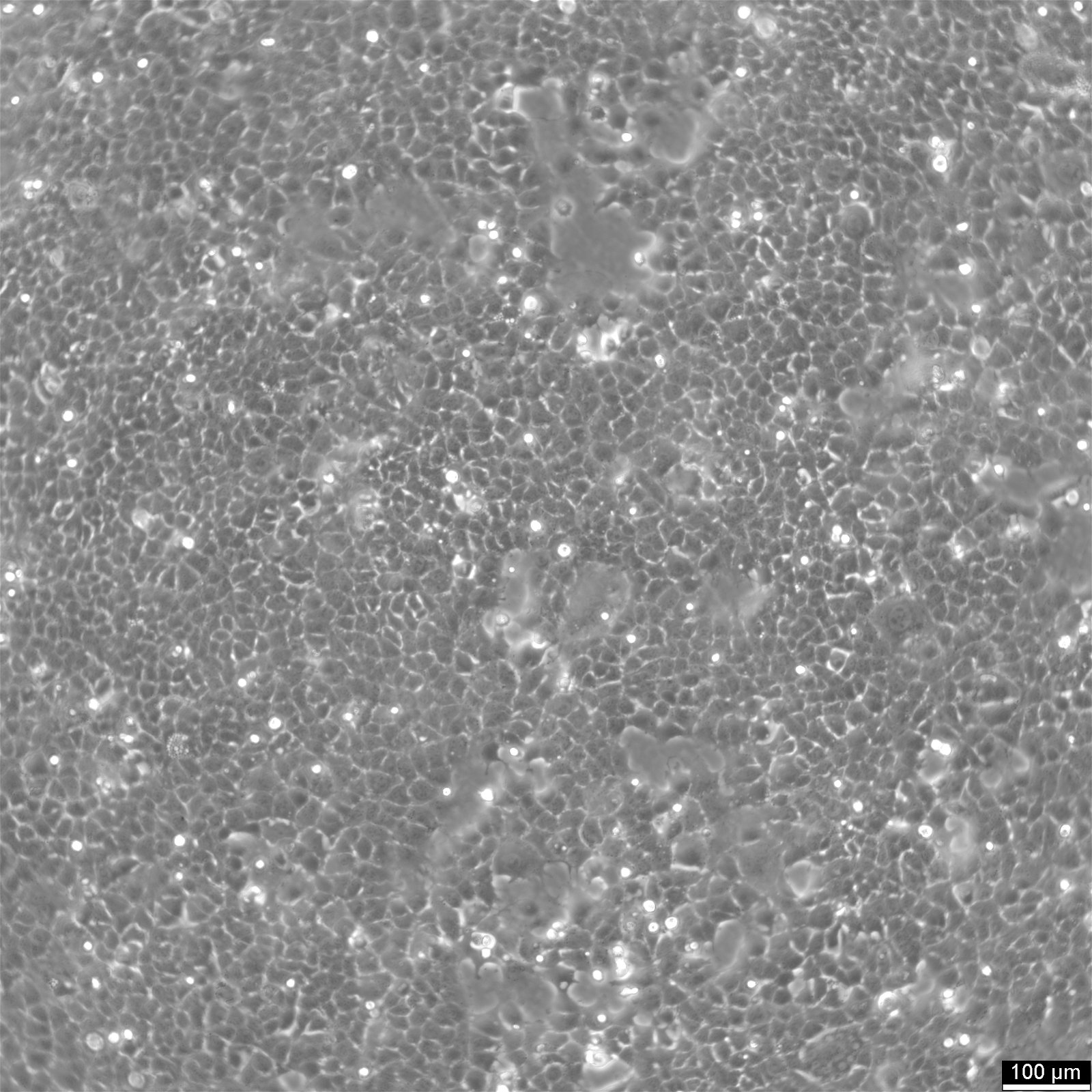
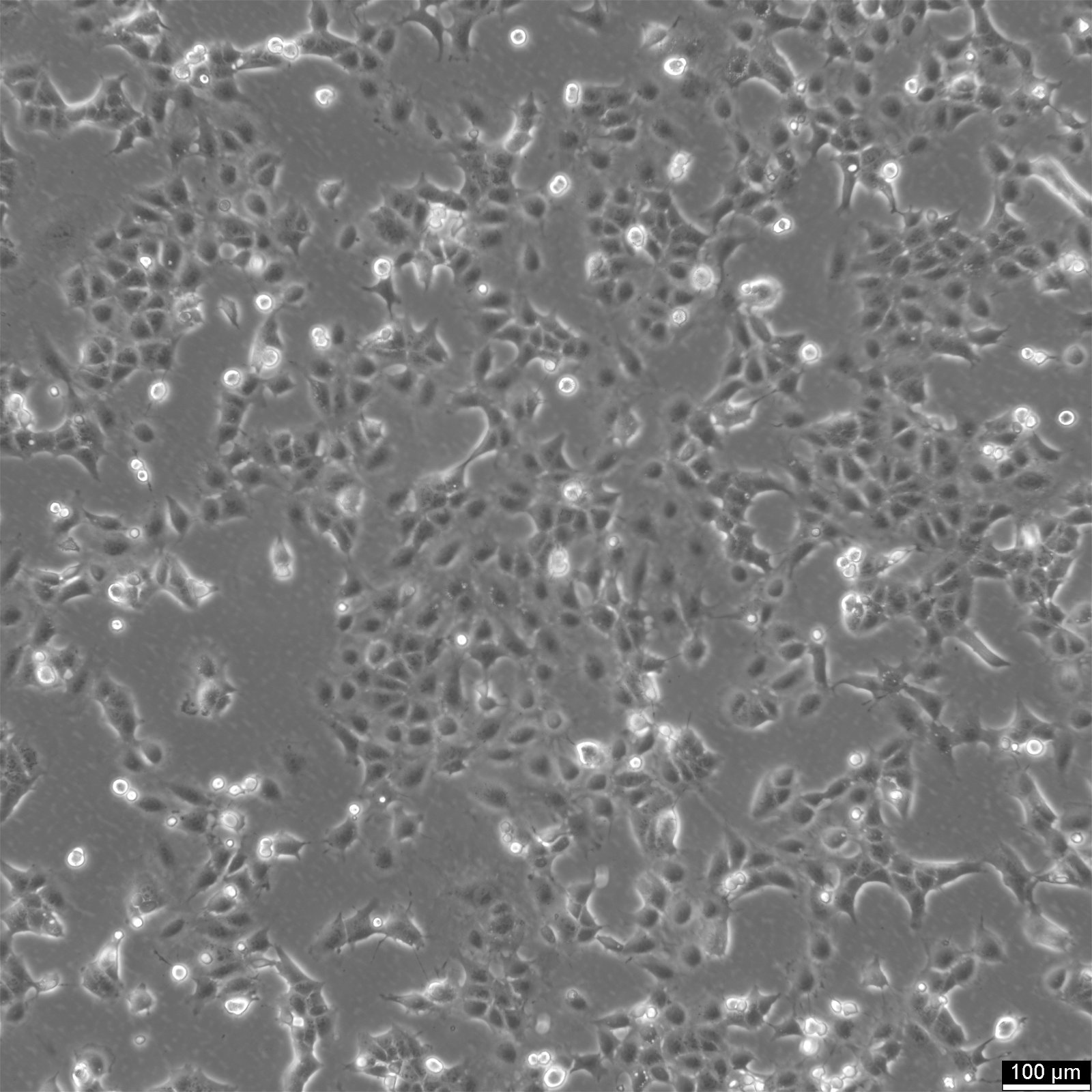
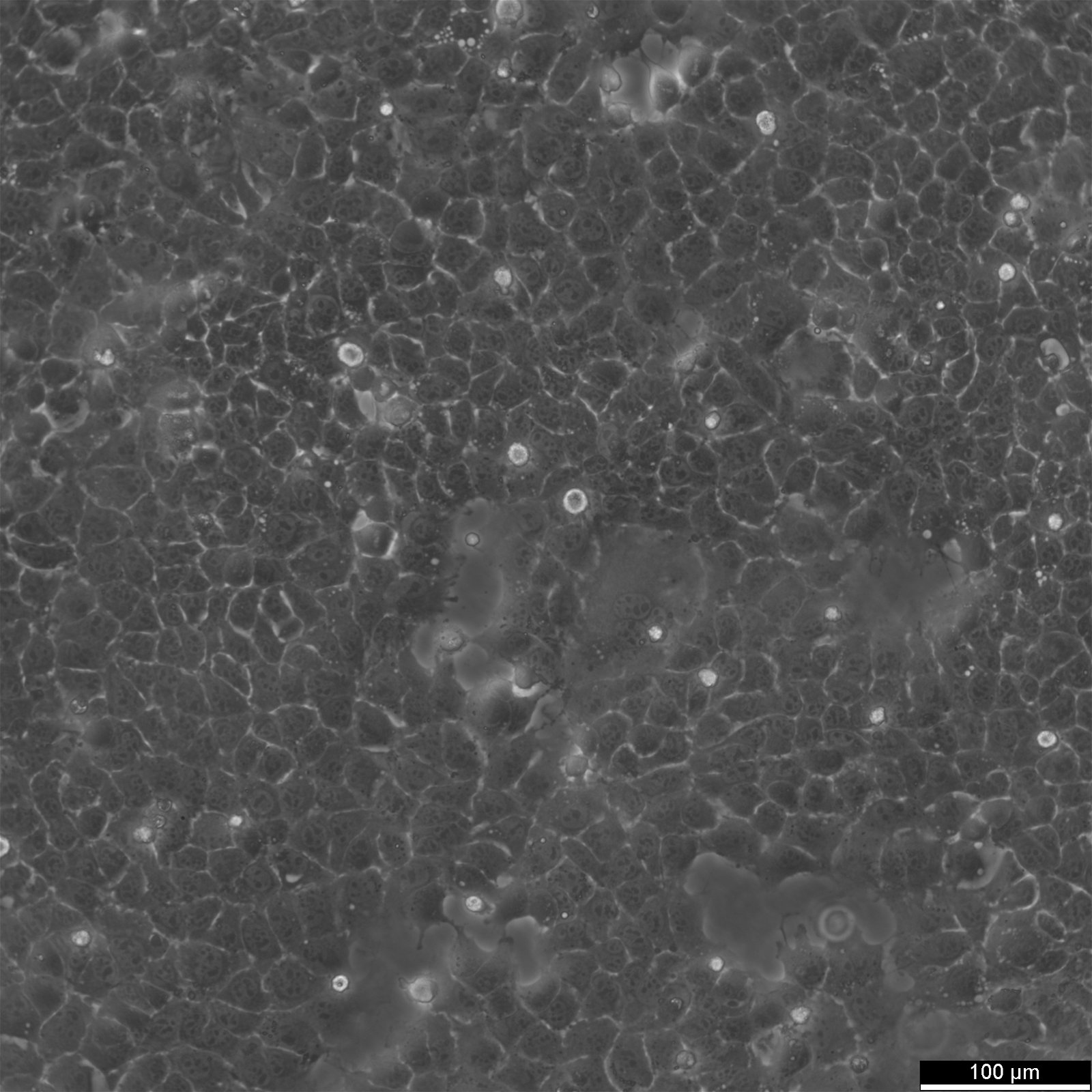
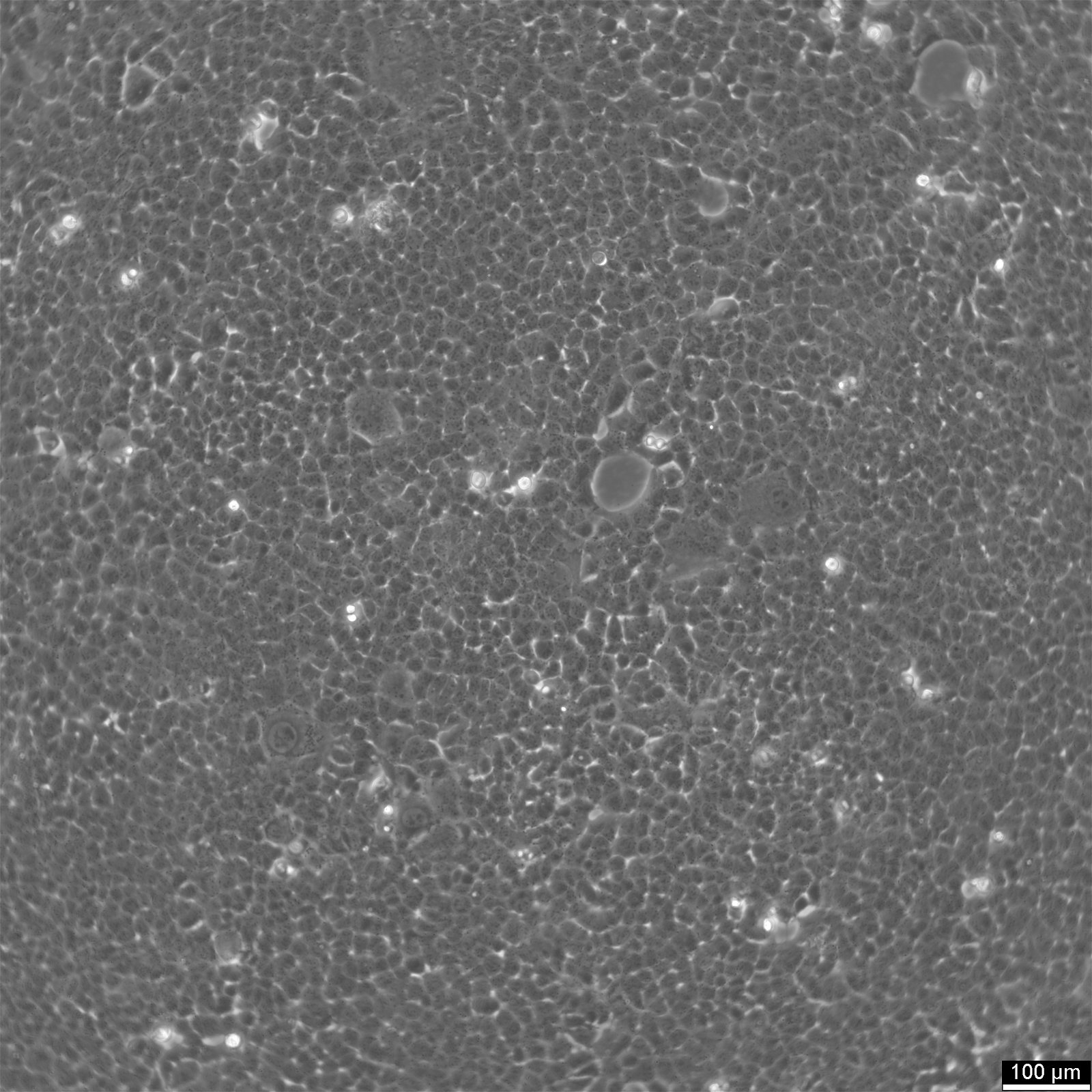
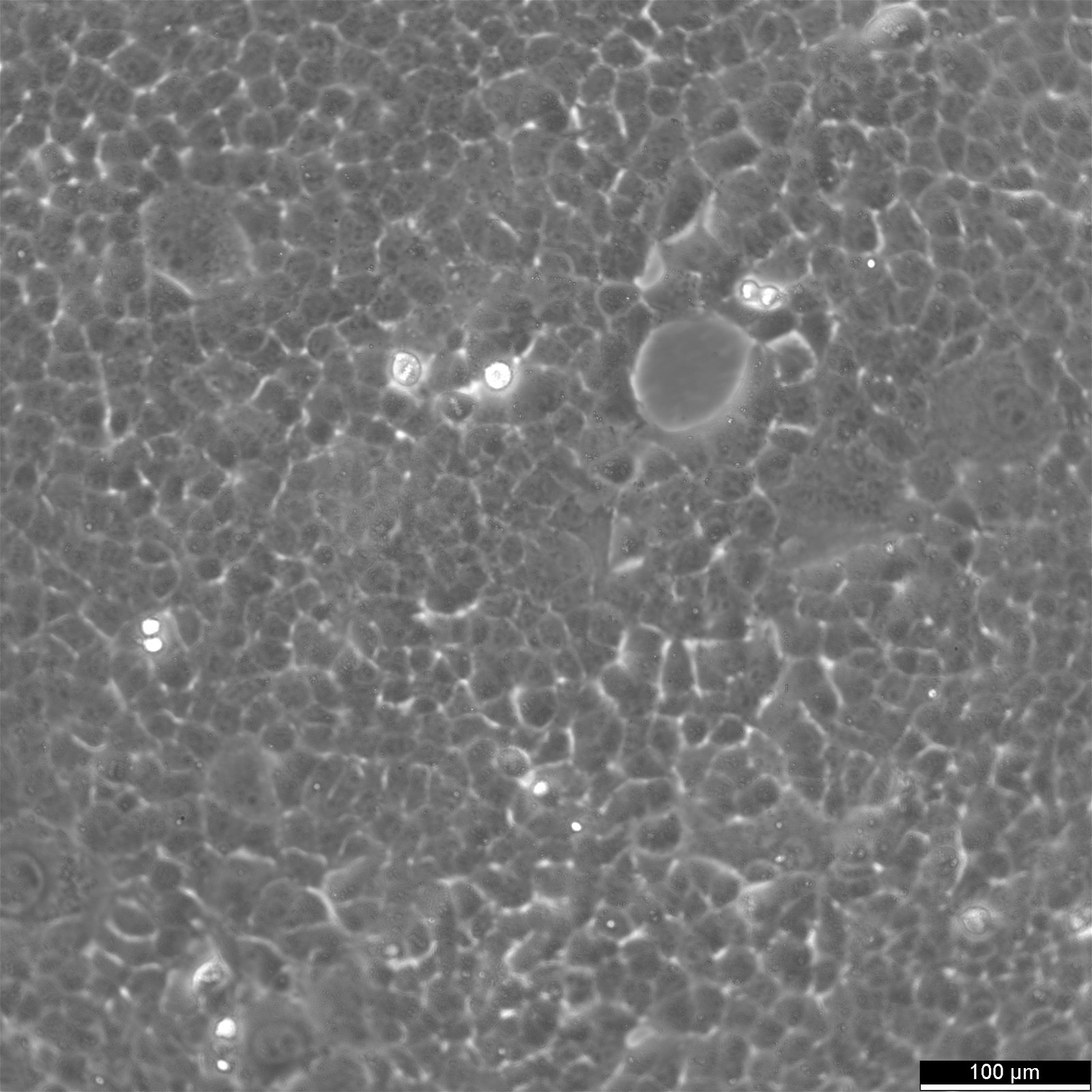


















General information
| Description | AML12 cells, also known as Alpha Mouse Liver 12 cells, are a non-tumorigenic epithelial cell line derived from the liver of a transgenic mouse. These cells were initially developed to provide a suitable in vitro model for studying the hepatocyte function and liver biology of the adult mouse. AML12 cells express characteristics typical of differentiated hepatocytes, including the production of albumin, transferrin, and other liver-specific proteins, making them an invaluable resource for research in toxicology, drug metabolism, and liver disease. The cell line was established from hepatocytes isolated from a mouse harboring a transgene for human transforming growth factor alpha (TGF-alpha), under the control of the mouse metallothionein-I promoter. This genetic alteration contributes to the immortalization of the cells without disrupting their differentiated state. AML12 cells maintain a stable phenotype and karyotype under standard cell culture conditions, which includes a unique requirement for dexamethasone and insulin-transferrin-selenium in the growth medium to promote proliferation and maintain hepatocyte-specific functions. |
|---|---|
| Organism | Mouse |
| Tissue | Liver |
| Applications | 3D cell culture, High-throughput screening, Toxicology |
| Synonyms | AML-12, AML 12, Alpha Mouse Liver 12 |
Characteristics
| Age | 3 months |
|---|---|
| Gender | Male |
| Morphology | Epithelial |
| Cell type | Hepatocyte |
| Growth properties | Adherent |
Identifiers / Biosafety / Citation
| Citation | AML12 (Cytion catalog number 300643) |
|---|---|
| Biosafety level | 1 |
Expression / Mutation
| Products | The cells express high levels of human TGF alpha and lower levels of mouse TGF alpha. |
|---|
Handling
| Culture Medium | DMEM:Ham's F12, w: 3.1 g/L Glucose, w: 1.6 mM L-Glutamine, w: 15 mM HEPES, w: 1.0 mM Sodium pyruvate, w: 1.2 g/L NaHCO3 (Cytion article number 820400a) |
|---|---|
| Medium supplements | Supplement the medium with 10% FBS, 10 microgram/ml insulin, 5.5 microgram/ml transferrin, 5 ng/ml selenium, 40 ng/ml dexamethasone |
| Passaging solution | Accutase |
| Subculturing | Remove the old medium from the adherent cells and wash them with PBS that lacks calcium and magnesium. For T25 flasks, use 3-5 ml of PBS, and for T75 flasks, use 5-10 ml. Then, cover the cells completely with Accutase, using 1-2 ml for T25 flasks and 2.5 ml for T75 flasks. Let the cells incubate at room temperature for 8-10 minutes to detach them. After incubation, gently mix the cells with 10 ml of medium to resuspend them, then centrifuge at 300xg for 3 minutes. Discard the supernatant, resuspend the cells in fresh medium, and transfer them into new flasks that already contain fresh medium. |
| Freeze medium | CM-1 (Cytion catalog number 800100) or CM-ACF (Cytion catalog number 806100) |
| Handling of cryopreserved cultures |
|
Quality control / Genetic profile / HLA
| Sterility | Mycoplasma contamination is excluded using both PCR-based assays and luminescence-based mycoplasma detection methods. To ensure there is no bacterial, fungal, or yeast contamination, cell cultures are subjected to daily visual inspections. |
|---|
